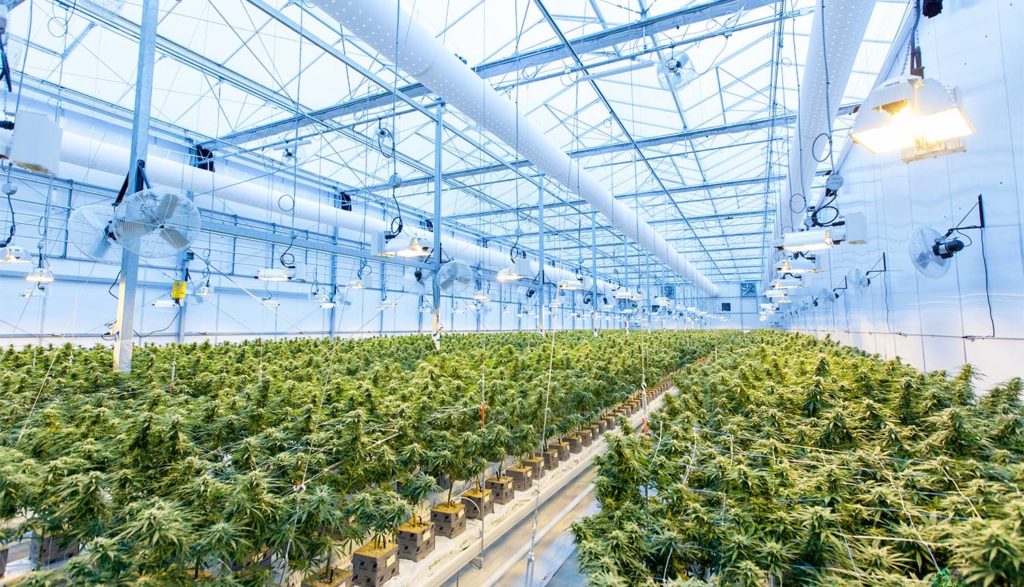Concerns about marijuana usage these days don’t seem to warrant much more than a shrug from most folks. As of July 2022, 19 states have legalized recreational pot use, and about two-thirds of Americans support the legalization of the drug. Meanwhile, 37 states have legalized it for medicinal purposes.
It might be tempting to think of yesteryear’s so-called “moral panic” about marijuana as a relic of a bygone era. These days, advocates of legalization want us to believe that the worst side-effect of recreational weed might be trip to the local convenience store for a family-size bag of Cheetos.
But in reality, concerns with marijuana continue to, ahem, grow.
A June 23, 2022, headline in The New York Times pumps the brakes on such laissez-faire perspectives on pot use among teens: “Psychosis, Addiction, Chronic Vomiting: As Weed Becomes More Potent, Teens Are Getting Sick.”
Times reporter Christian Caron writes, “In 1995, the average concentration of THC [the psychoactive component in pot that creates a high] in cannabis samples seized by the Drug Enforcement Administration was about 4 percent. By 2017, it was 17 percent. And now cannabis manufacturers are extracting THC to make oils; edibles; wax; sugar-size crystals; and glass-like products called shatter that advertise high THC levels in some cases exceeding 95 percent.”
The list of potential side-effects of such high THC concentration in marijuana-laced products is sobering. Caron summarizes:
“Marijuana is not as dangerous as a drug like fentanyl, but it can have potentially harmful effects — especially for young people, whose brains are still developing. In addition to uncontrollable vomiting and addiction, adolescents who frequently use high doses of cannabis may also experience psychosis that could possibly lead to a lifelong psychiatric disorder, an increased likelihood of developing depression and suicidal ideation, changes in brain anatomy and connectivity and poor memory.”
As of 2020, the National Institute of Health reported that 35% of high-school seniors and 44% of college students have used marijuana in some form in the last year. And the NIH just released a new report indicating that marijuana and hallucinogen usage among those people 19 to 30 is as high as it’s been since 1988, with 43% of that cohort reporting usage in the last year, 29% in the last week 11% daily (defined as 20 or more times in the last 30 days).
“Young adults are in a critical life stage and honing their ability to make informed choices,” said Dr. Nora Volkow, director of the National Institute on Drug Abuse. “Understanding how substance use can impact the formative choices in young adulthood is critical to help position the new generations for success.”
So how do we as parents respond? How can we help our kids, grandkids and other young people we may have the opportunity to influence recognize these potential dangers?
As with so many things related to parenting, it begins with relationship and conversation. We might think that our kids would naturally understand some of these risks, but they may very well be ignorant of them in a cultural environment where marijuana use has lost the stigma that once labeled its users as “stoners” and “potheads.”
Second, we have to help our kids compare the narrative to reality when it comes to this issue. The cultural narrative treats pot like a Cheech and Chong joke: You get goofy, you get the munchies, but no real problems come of it. The reality, as we see here, can be far different for young users: permanent brain impairment, psychosis, mental illness and other problems can develop, not to mention the addictive nature of the drug.
The proverbial marijuana genie likely isn’t going back in the bottle in our permissive culture. But we can help our children learn to think critically about an issue that many voices in our culture increasingly minimize or dismiss—despite significant scientific evidence that suggests that pot usage is anything but a joke.







One Response
– Good points. A lot of people who downplay the hazards of pot dabbled in it 30 or 40 years ago when it was a lot less potent. You can’t compare the stuff the hippies smoked to the stuff today’s teens are exposed to. It’s like the difference between beer and vodka.
As parents, we need to earn our kids’ trust so they feel comfortable talking to us about drugs without the fear of being grounded for 10 years.